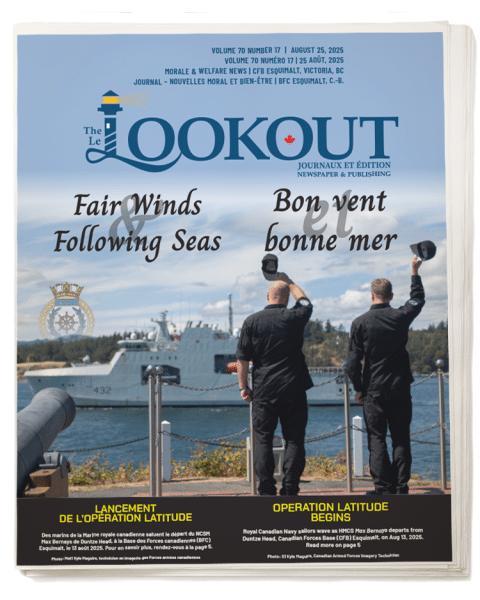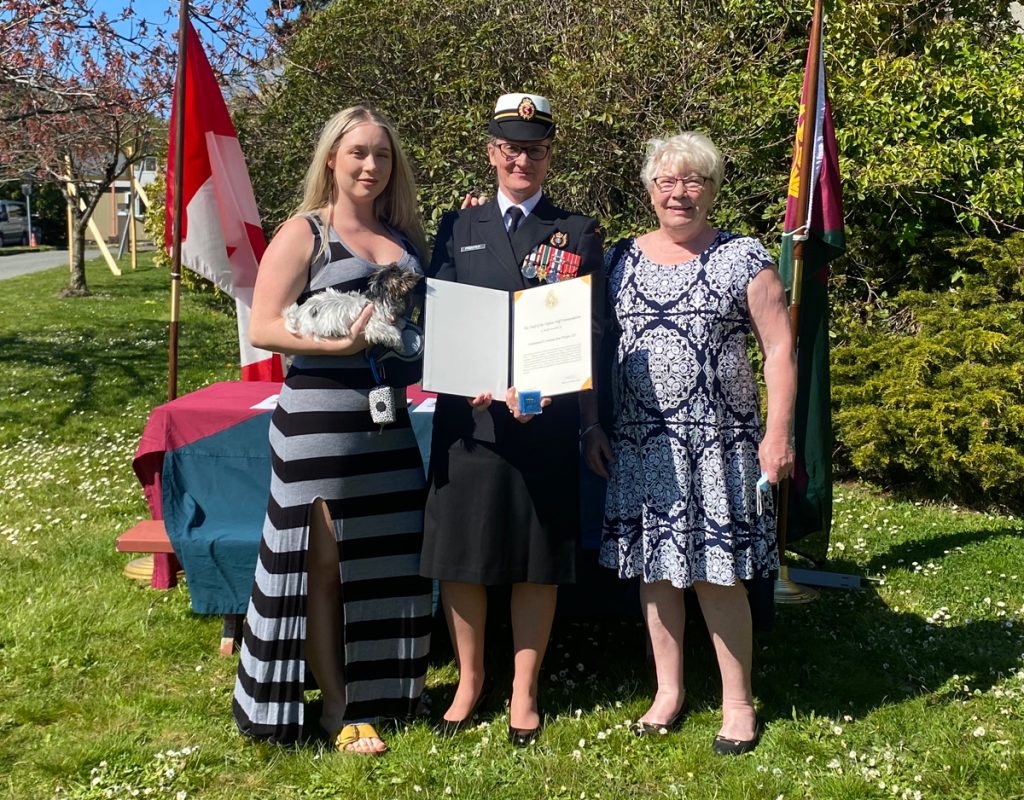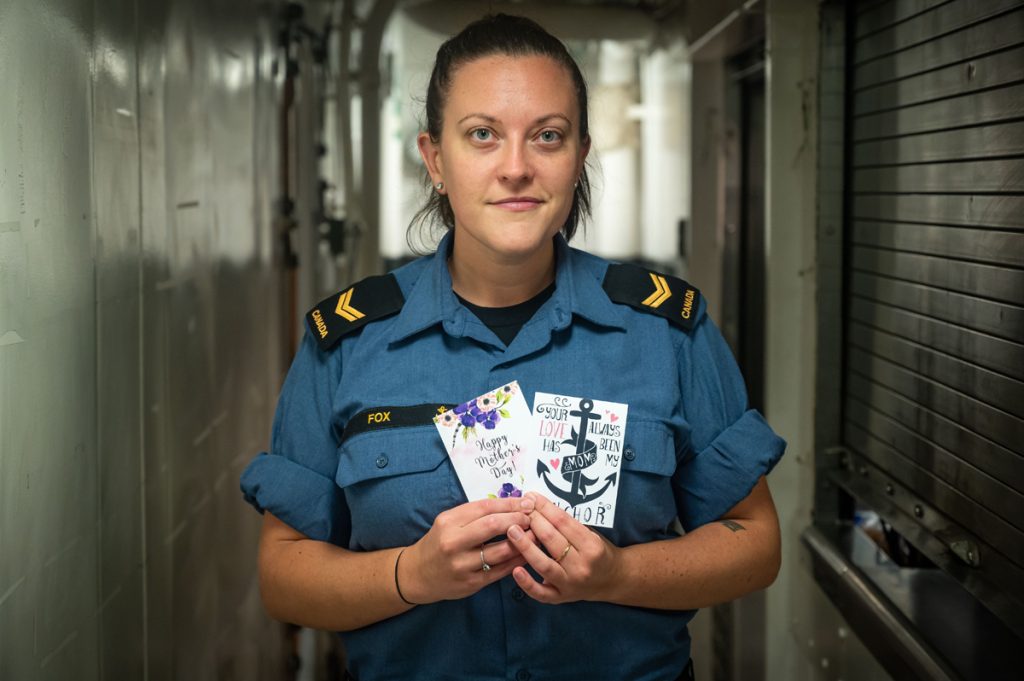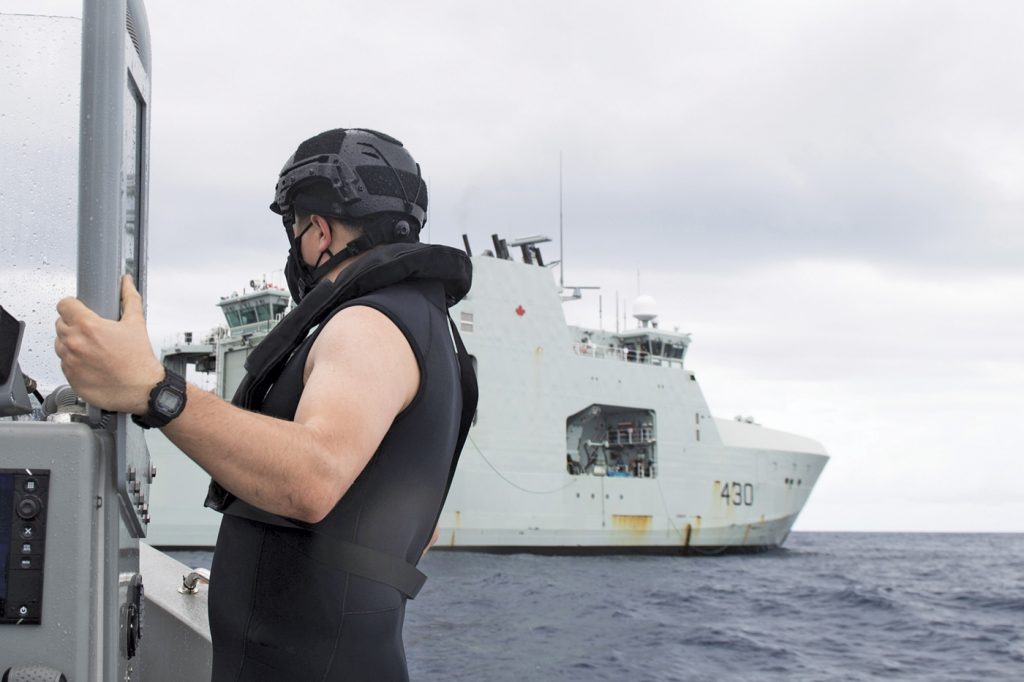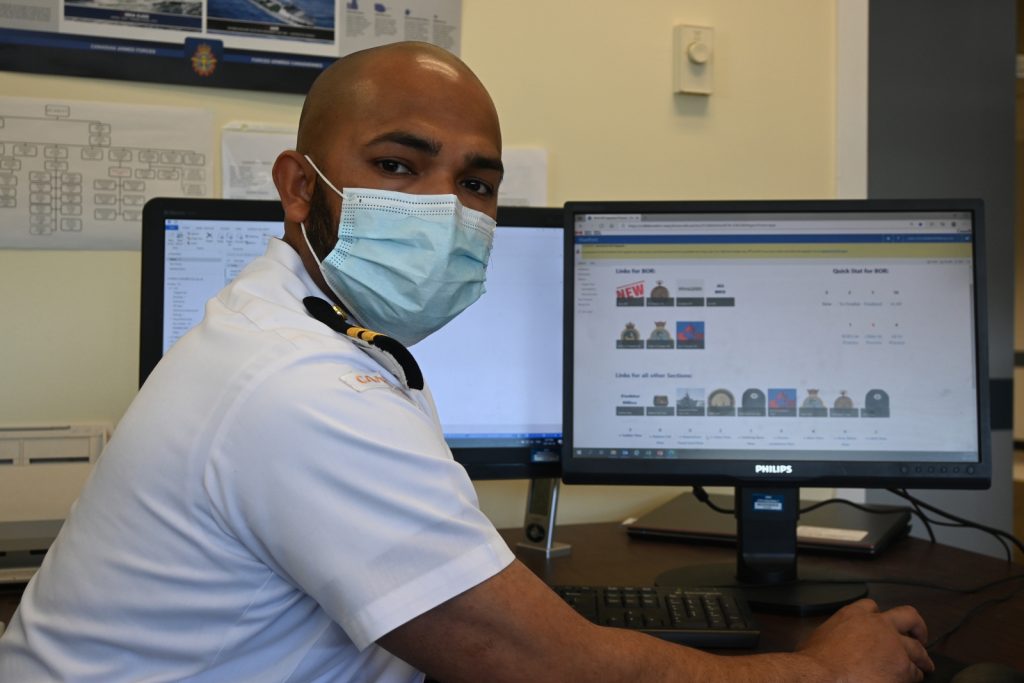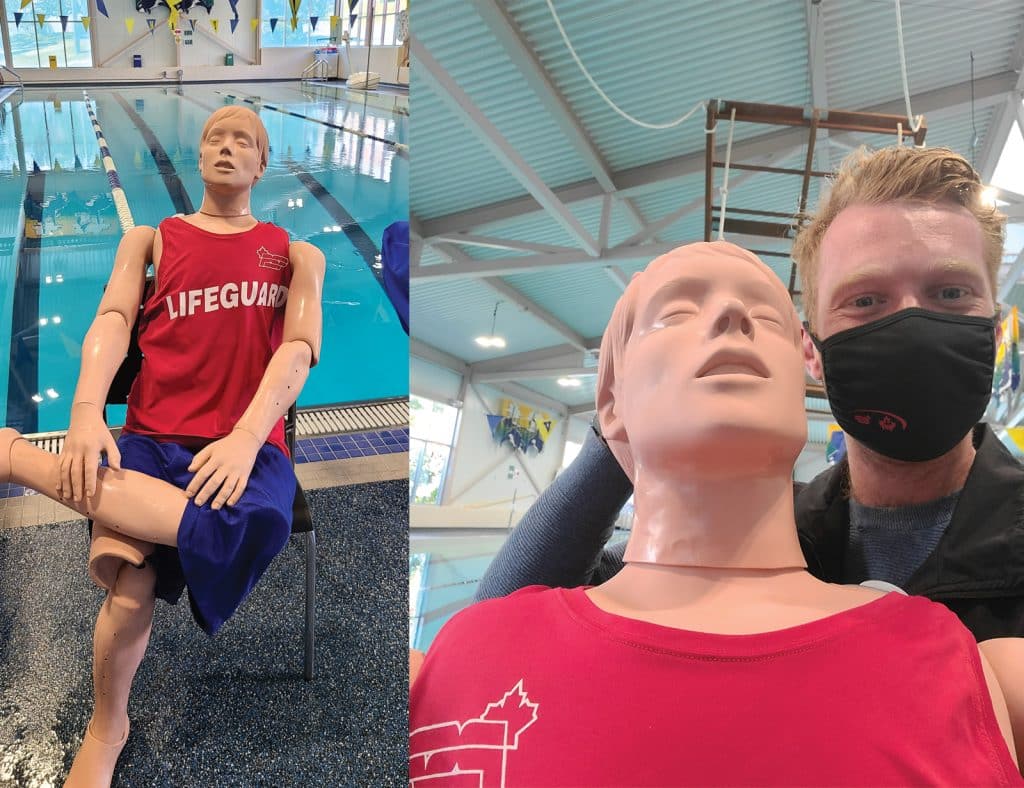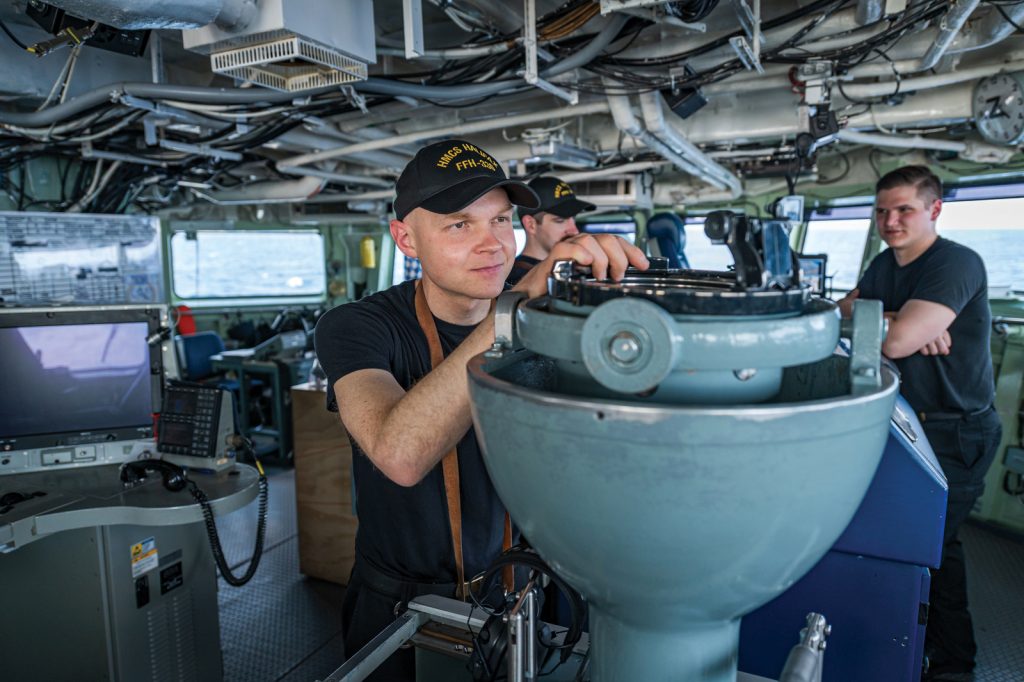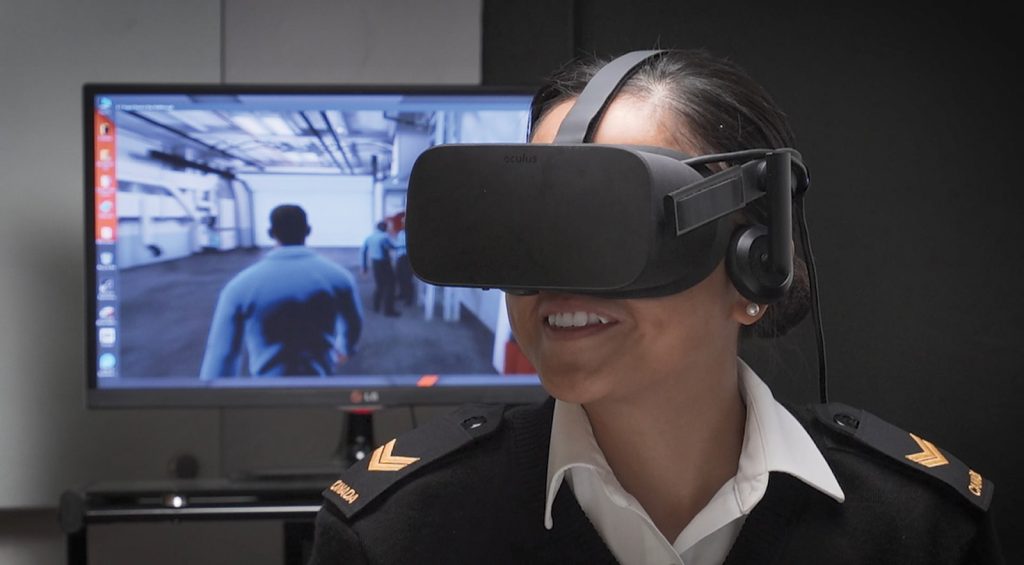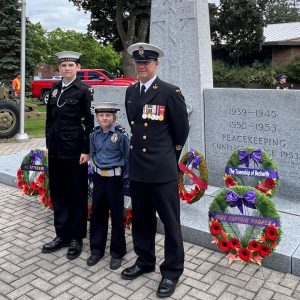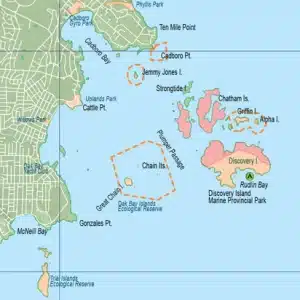Words from the cat lady
Peter MallettStaff Writer––A military spouse and mother from Bedford, N.S., hopes she’s captured the spirit of her beloved cat with her self-published children’s book.George: a Memoir by Joanne Kimm chronicles the family’s time with the tabby cat before he succumbed to stomach cancer. “My way to honour him and the love he gave us was to write about him,” she says. It wasn’t originally her intent to publish George’s story. Writing about him was therapy. “Saying goodbye to George was one of the hardest days of my life,” she says. The end result is a 34-page book with pictures of George. The ultimate goal is to help children understand the positive effect pets have on humans and to help them deal with their death. “I had children in mind when I wrote the book, but I have a lot of adults who tell me they enjoyed it, including a neighbour who dealt with the passing of their cat and told me the book helped them grieve.”Her book was released in 2019 with a French version released in 2020. “I think my writing ability is a God-given gift. When I am able to pull an emotional response from someone who reads about George, I know I have done my job correctly.”Kimm’s husband Jack retired from the navy in 2011 after a 22-year career as a Stoker. Her eldest son, S1 Douglas Kimm, is a sailor in HMCS Regina. “It’s hard to explain to others, but growing up in a military family, you develop some special skills that take you through life: endurance, compassion, empathy, love of travel and culture, to name a few. It’s a special family being military, and I’m proud to have been a military brat, military spouse, and mother to a serving member.”[caption id="attachment_26217" align="aligncenter" width="291"] Author Joanne Kimm with her book George: A Memoir.[/caption]Kimm worked as a DND civilian employee at CFB Chilliwack in the 1980s, 18 years for the B.C. Provincial Government, and six years at...
